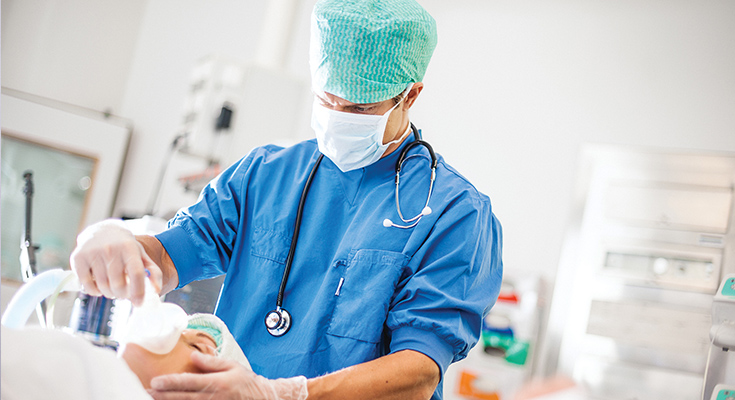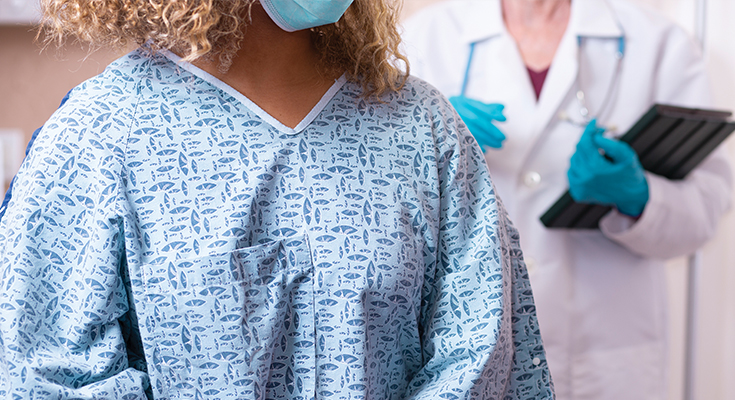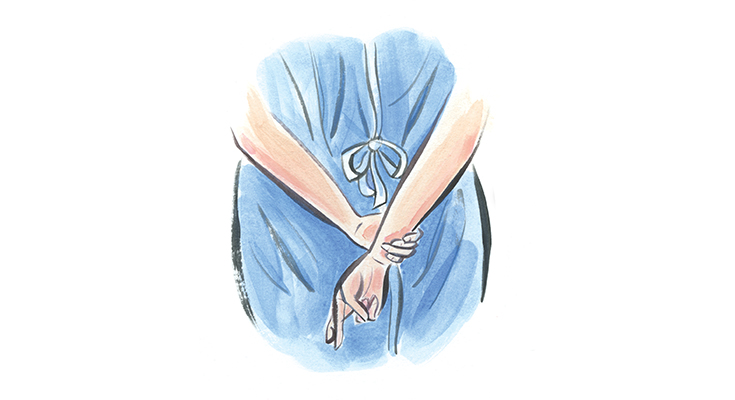
Physicians are reminded that they can only perform procedures using certain types of anesthesia, including nerve blocks, in a non-hospital site if the premises has first been approved by the College.
In 2010, the College was given regulatory oversight of Out of Hospital Premises (OHP) in order to improve patient safety. The regulation provides for mandatory inspections of OHPs to ensure that premises follow the appropriate standards for procedures, infection control and quality assurance and that physicians are managing medical and surgical conditions within the scope of their specialty training, certification and experience.
Any member planning to operate a new OHP must notify the College and the premises must be inspected, assessed and approved prior to providing services to patients. If there are any changes as set out in the Program Standards, such as a move to a new space, the College must also be informed. The Medical Director of an OHP is responsible for notifying the College of plans to open a new OHP or any other changes to an existing facility. The College has made the process of reporting relatively easy by enlisting an online process as the reporting tool.
Failure to comply with the regulation is an issue that the College takes seriously. Over the last year, several doctors have been sanctioned by the Discipline Committee for performing nerve blocks or other OHP procedures in a clinic not authorized by the College’s program.
“The OHP program is based on trust and relies on self-reporting from Medical Directors and physicians,” stated a recent Discipline Committee decision involving a physician who performed nerve blocks in an unauthorized clinic. “As mandated in the [program’s] Standards, a Medical Director is required to notify the program before opening an OHP so that the premises can be inspected. In order to ensure patient safety and quality of care, strict adherence is required to the detailed requirements set out in the Standards.”
You are not required to notify the College if the only procedures you are performing in an out-of-hospital premises are any of the following:
- Surgical alteration or excision of lesions or tissue for a clinical purpose, including examination, treatment or diagnosis of disease;
- minor dermatological procedures including, without being limited to, the removal of skin tags, benign moles and cysts, nevi, seborrheic keratoses, fibroepithelial polyps, hemangioma and neurofibromata;
- Lasik surgeries; or
- cosmetic procedures that do not involve general, regional or parenteral anesthesia including, without being limited to, temporary fillers, laser skin resurfacing, botox and sclerotherapy.
There are three levels of OHPs. The level has two determinants: Anesthesia and procedures – the level is decided by the higher ranking of the two procedures, e.g. if the patient is receiving a minor nerve block
(level 1) for limited invasive procedure (level 2), the OHP is considered level 2. Each level is provided its own requirements outlined in a standards document that is available on our website.
| OHP Level | Anesthesia | Procedure |
|---|---|---|
| Level 1 |
| Minimally Invasive
|
| Level 2 |
| Limited Invasive
|
| Level 3 | General Anesthesia | Significant Invasive
|





